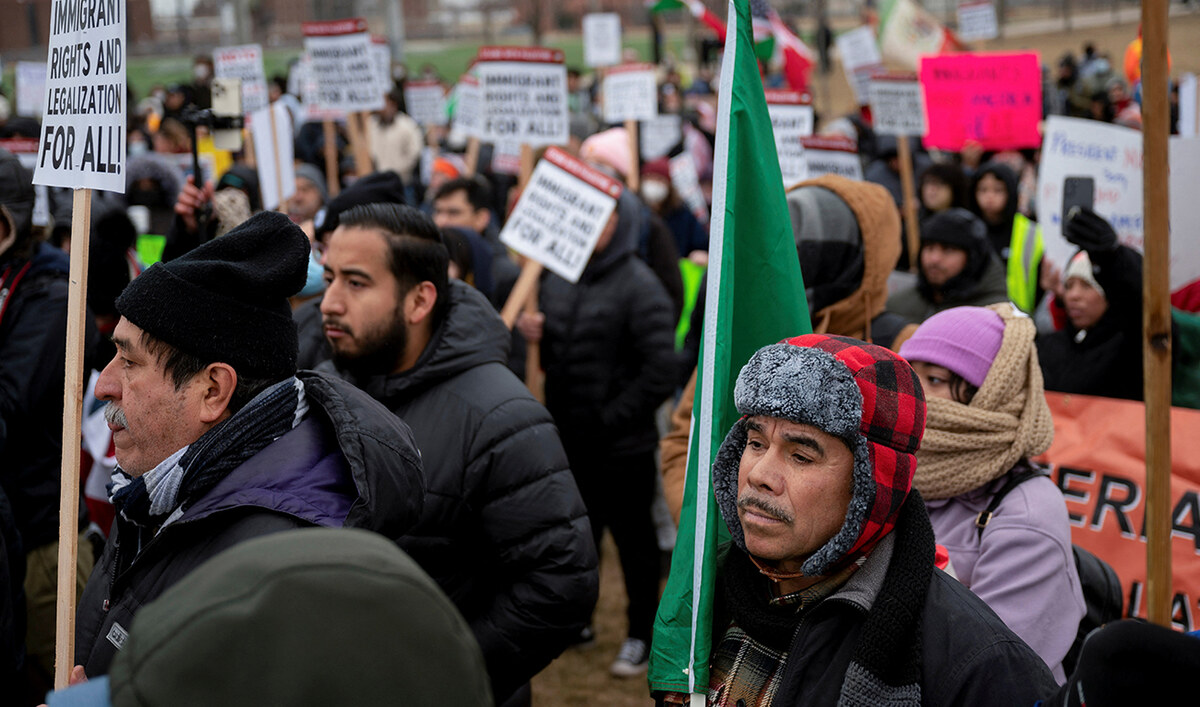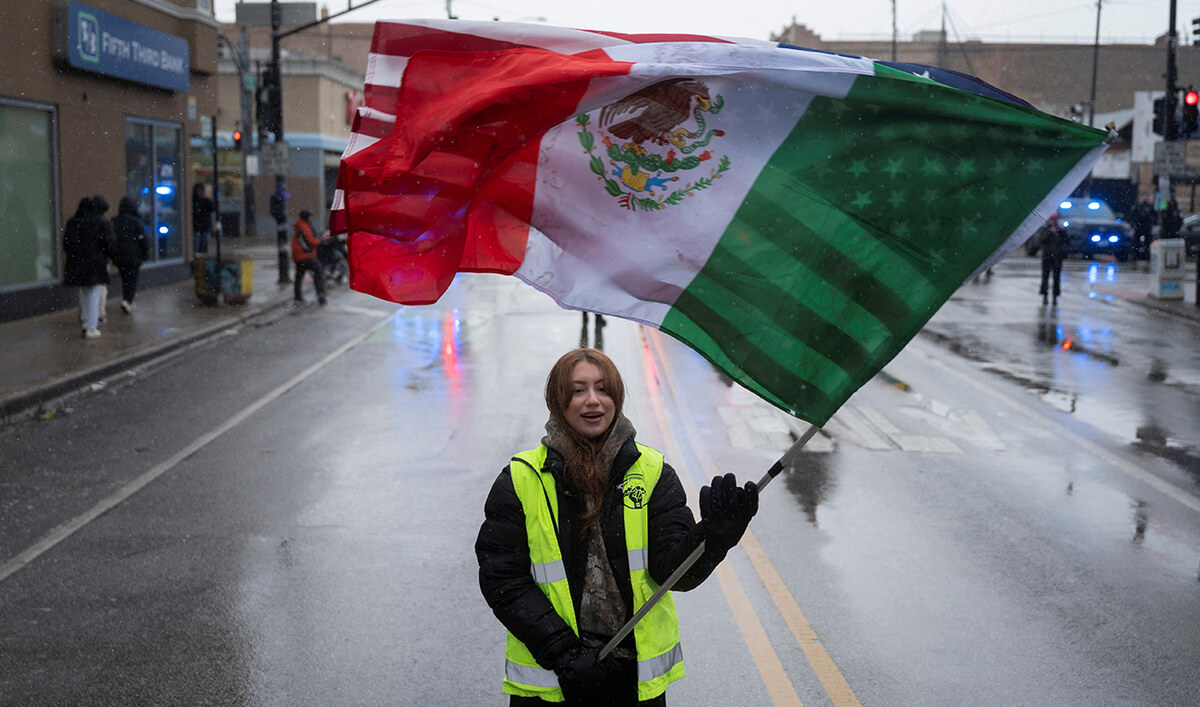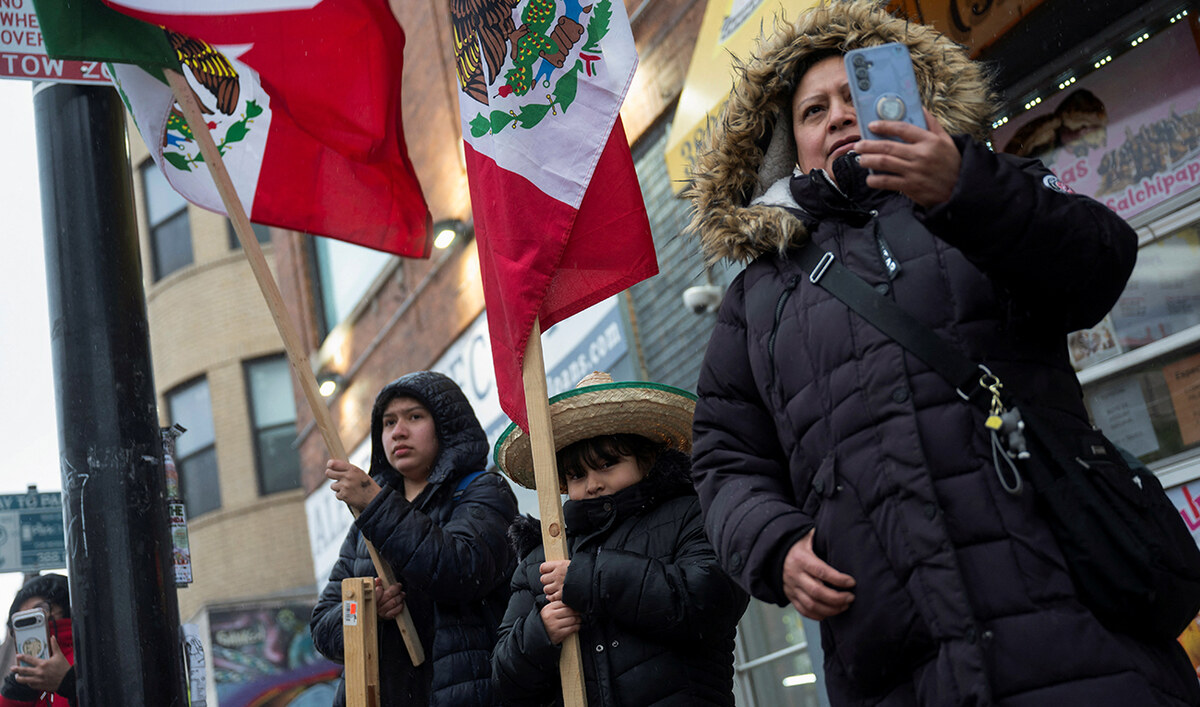CAPE TOWN, South Africa: Groups representing some of South Africa’s white minority responded Saturday to a plan by President Donald Trump to offer them refugee status and resettlement in the United States by saying: thanks, but no thanks.
The plan was detailed in an executive order Trump signed Friday that stopped all aid and financial assistance to South Africa as punishment for what the Trump administration said were “rights violations” by the government against some of its white citizens.
The Trump administration accused the South African government of allowing violent attacks on white Afrikaner farmers and introducing a land expropriation law that enables it to “seize ethnic minority Afrikaners’ agricultural property without compensation.”
The South African government has denied there are any concerted attacks on white farmers and has said that Trump’s description of the new land law is full of misinformation and distortions.
Afrikaners are descended from mainly Dutch, but also French and German colonial settlers who first arrived in South Africa more than 300 years ago. They speak Afrikaans, a language derived from Dutch that developed in South Africa, and are distinct from other white South Africans who come from British or other backgrounds.
Together, whites make up around 7 percent of South Africa’s population of 62 million.
‘We are not going anywhere’
On Saturday, two of the most prominent groups representing Afrikaners said they would not be taking up Trump’s offer of resettlement in the US.
“Our members work here, and want to stay here, and they are going to stay here,” said Dirk Hermann, chief executive of the Afrikaner trade union Solidarity, which says it represents around 2 million people. “We are committed to build a future here. We are not going anywhere.”
At the same press conference, Kallie Kriel, the CEO of the Afrikaner lobby group AfriForum, said: “We have to state categorically: We don’t want to move elsewhere.”
Trump’s move to sanction South Africa, a key US trading partner in Africa, came after he and his South African-born adviser Elon Musk have accused its Black leadership of having an anti-white stance. But the portrayal of Afrikaners as a downtrodden group that needed to be saved would surprise most South Africans.
“It is ironic that the executive order makes provision for refugee status in the US for a group in South Africa that remains among the most economically privileged,” South Africa’s Foreign Ministry said. It also criticized the Trump administration’s own policies, saying the focus on Afrikaners came “while vulnerable people in the US from other parts of the world are being deported and denied asylum despite real hardship.”
There was “a campaign of misinformation and propaganda” aimed at South Africa, the ministry said.
South African President Cyril Ramaphosa’s spokesperson said: “South Africa is a constitutional democracy. We value all South Africans, Black and white. The assertion that Afrikaners face arbitrary deprivation and, therefore, need to flee the country of their birth is an assertion devoid of all truth.”
Whites in South Africa still generally have a much better standard of living than Blacks more than 30 years after the end of the apartheid system of white minority rule in 1994. Despite being a small minority, whites own around 70 percent of South Africa’s private farmland. A study in 2021 by the South Africa Human Rights Commission said 1 percent of whites were living in poverty compared to 64 percent of Blacks.
Redressing the wrongs of colonialism
Sithabile Ngidi, a market trader in Johannesburg, said she hadn’t seen white people being mistreated in South Africa.
“He (Trump) should have actually come from America to South Africa to try and see what was happening for himself and not just take the word of an Elon Musk, who hasn’t lived in this country for the longest of time, who doesn’t even relate to South Africans,” Ngidi said.
But Trump’s action against South Africa has given international attention to a sentiment among some white South Africans that they are being discriminated against as a form of payback for apartheid. The leaders of the apartheid government were Afrikaners.
Solidarity, AfriForum and others are strongly opposed to the new land expropriation law, saying it will target land owned by whites who have worked to develop that land for years. They also say an equally contentious language law that’s recently been passed seeks to remove or limit their Afrikaans language in schools, while they have often criticized South Africa’s affirmative action policies in business that promote the interests of Blacks as racist laws.
“This government is allowing a certain section of the population to be targeted,” said AfriForum’s Kriel, who thanked Trump for raising the case of Afrikaners. But Kriel said Afrikaners were committed to South Africa.
The South African government says the laws that have been criticized are aimed at the difficult task of redressing the wrongs of colonialism and then nearly a half-century of apartheid, when Blacks were stripped of their land and almost all their rights.
Trump says some white South Africans are oppressed, could be resettled in the US. They say no thanks
https://arab.news/8pfvf
Trump says some white South Africans are oppressed, could be resettled in the US. They say no thanks

- Trump administration accused the South African government of allowing violent attacks on white Afrikaner farmers and introducing a land expropriation law targetting minority farmers
- President Ramaphosa’s government denied claims of concerted attacks on white farmers, says Trump’s description of the new land law is full of misinformation and distortions
- Afrikaner lobby group AfriForum, representing some of the Africaners, thanked Trump but rejected the offer, saying, “We don’t want to move elsewhere”































